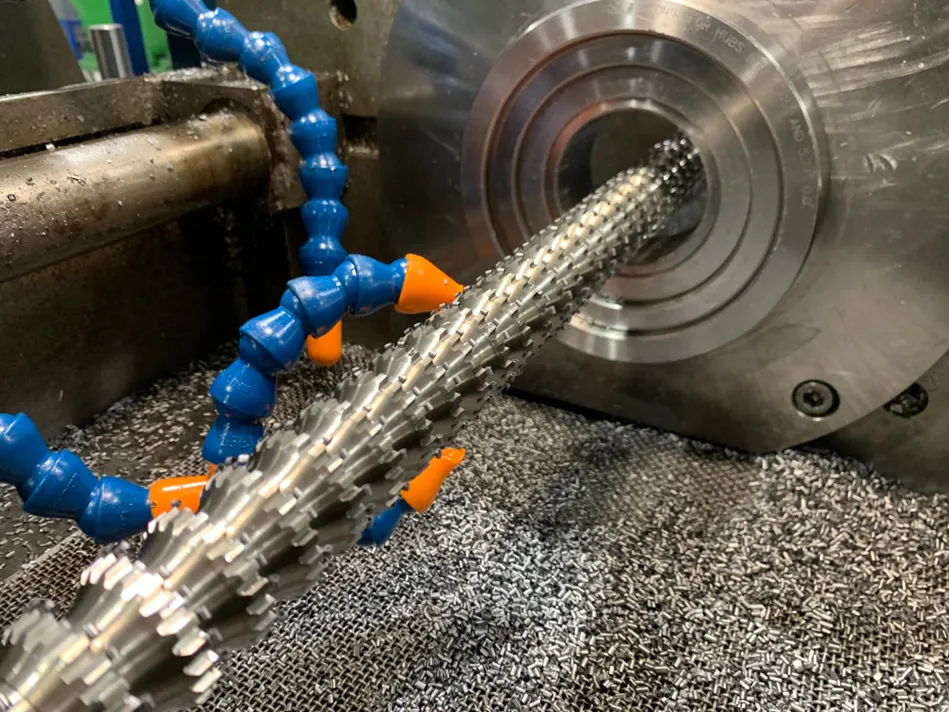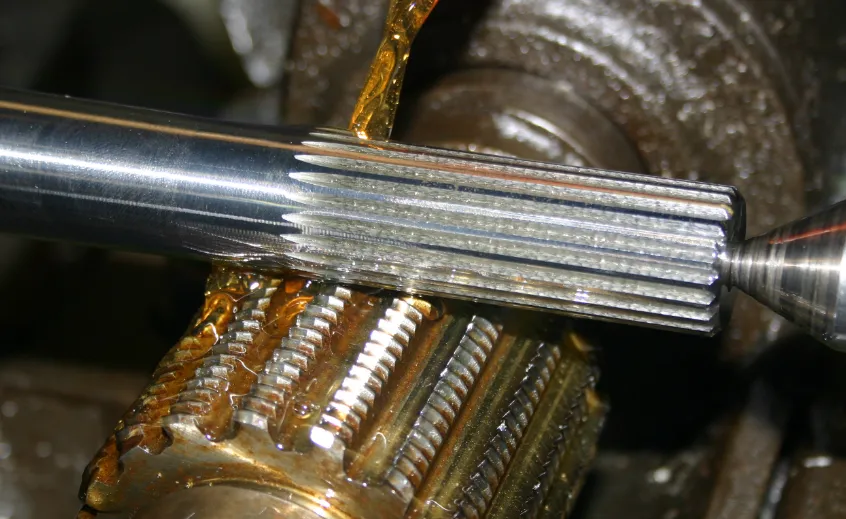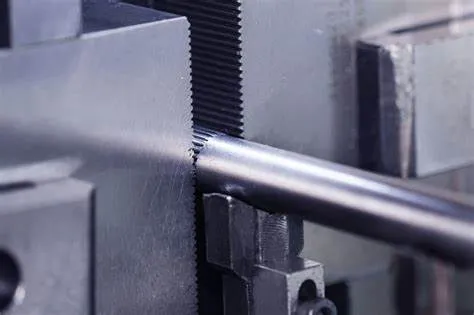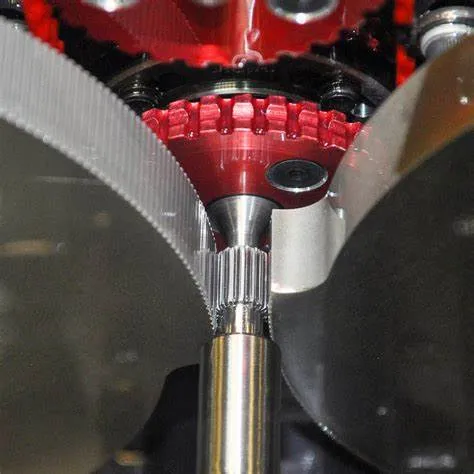Splines are not unfamiliar to most people. Compared to key connections in transmissions, they have the characteristics of more teeth, stronger load-bearing capacity, easy automatic centering, and high installation accuracy, thus receiving wide application.
Types
Common types of splines include the following three: rectangular splines, involute splines, and triangular splines. Like gears, splines can also be made with helical teeth, tapered teeth, which will not be further elaborated here.
Rectangular splines: The advantages of rectangular splines include high centering accuracy, good centering stability, the ability to eliminate heat treatment deformation through grinding methods, and obtaining high precision in both centering diameter tolerance and position tolerance according to GB/T 1144 standards. Rectangular splines are often used for fixed or sliding connections under medium to small loads.
Involute splines: There are various centering methods for involute splines, including tooth-side centering (common), large-diameter centering, and small-diameter centering (less common). When loaded, there are radial forces on the teeth, which can automatically center, promoting even force distribution on each tooth. With rounded root transitions, they have high strength and long life. They are used for larger loads, requiring high centering accuracy, and larger dimensions in connections.
Triangular splines: Triangular splines are convenient to process, with small and numerous teeth, facilitating adjustment and assembly of mechanisms while minimizing weakening of the shaft and hub. They are mostly used for light loads and small diameter static connections, particularly suitable for connecting shafts with thin-walled components, disassembly tools, etc.
Common Processing Methods
The common methods for spline processing include internal spline broaching or shaping, while external splines are often produced using gear hobbing or milling. As shown in the diagram below.



Apart from the methods mentioned above that involve material removal, splines can also be manufactured using extrusion techniques, including extrusion hobbing and rolling. Below are some images for reference.


The extrusion method utilizes the material’s plastic deformation to form the teeth. It ensures uniform profiles through dies, minimizing material waste to the fullest extent. It’s a cost-effective option ideal for large-scale spline shaft production. It’s important to note that the areas designated for extrusion need to be pre-machined to pre-rolling dimensions (calculable using the principle of constant volume). This ensures that the final desired dimensions are achieved after extrusion.
Thank you for reading. Looking forward to serving you with our exceptional gear solutions. #BeyondGears
Read More:


